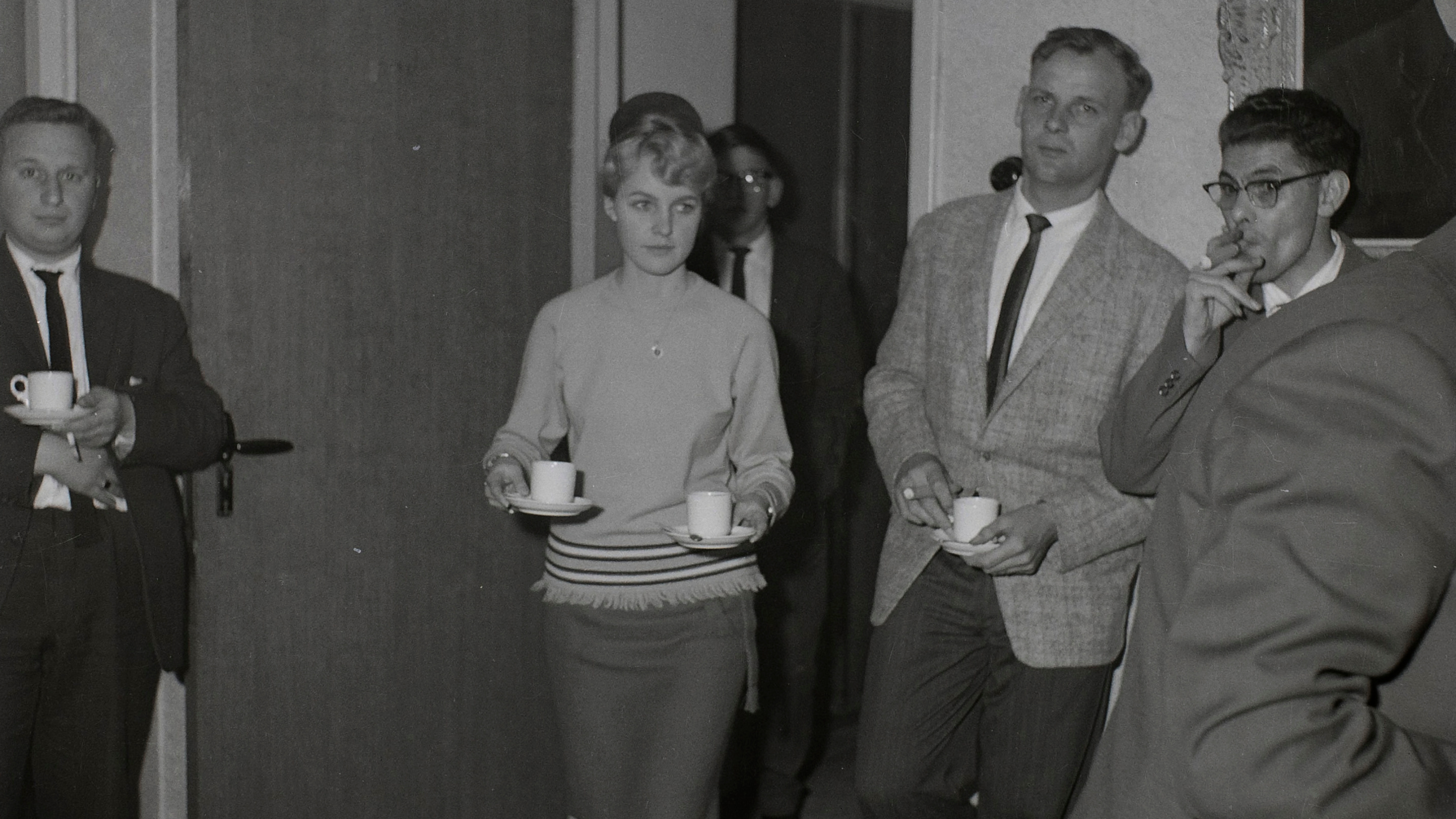The Importance of CAST as a Trading Platform
During the new buying season, CAST likes to take a moment to reflect on the importance of our trading platform for you as a visitor and exhibitor. The explosive growth of CAST as a Trade Platform for Footwear, Sport & Fashion during its (almost) 40 years of existence is undeniable proof of the value the platform represents for the industry. Joining forces, expanding networks and the resulting mutual collaborations also contribute to the visibility of your brands and collections. In this second article about the past, present and future of trade organizations in general and CAST in particular, Inge Specht of Valuation & Consultancy Waardevol d'Ing takes you on a journey through time.
A Wave of Revolution and Renewal
At the end of the 18th century, the traditional guild system as established in the Middle Ages came to an end. The guilds were accused of unfair competition and conservatism. In addition, a wave of revolution and innovation rolled through Europe with the French Revolution as its starting point. Everything, including crafts and trade, had to become fairer and more equal.
The Progress
The actual reason for the dissolution of the guilds, however, was Progress. A revolution was also raging in England: the Industrial Revolution. More and more industries were switching to some form of mechanization. The steam engine was a huge step forward in the production of all kinds of consumer goods and thus also shoes. The guilds tried to stop mechanization for years. After all, it was at the expense of their craft businesses. With the production of a few pairs per week, they could not compete with the small factories (or manufactories as they were called at the time) that sprung up like mushrooms everywhere.
Shoe Shops and Ready-to-wear Shoes
With the disappearance of the guilds, the master-apprentice system also changed. The master now became a patron who distributed the work and the apprentices became laborers who remained in the patron's service for years, doing mostly the same (monotonous) work for low pay. In the Netherlands, this work remained largely manual until the fourth quarter of the 19th century. Only after the introduction of the stitching machine, around 1870, the work in the factories was gradually mechanized. With the dissolution of the guilds, many artisanal shoemaking workshops also disappeared during the 19th century. They were replaced by shoe stores that offered ready-made shoes according to the latest fashion.
Advancing Globalization
A huge shift occurred because of the advancing globalization due to better and faster means of transportation. Machinery was imported from Germany, Britain and the United States, skins and tannins from South America and Asia. Ready-made shoes then found their way into Western Europe and the U.S. and wherever there was a need for Dutch footwear.
Federations, Unions and Associations
What did not change, however, was the need for mutual consultation and proper agreements regarding competition, quality requirements, working hours, and wages and training. Therefore, Federations of Shoe Manufacturers, labor unions and associations of shoe retailers were founded. All from their own need for cooperation and mutual agreements. Through specialized trade magazines, people were kept informed about new laws, training and courses, required products, innovations regarding tools and machines. The trade journals also made it possible to look for or offer staff, and kept people informed about the liquidation or bankruptcy of companies or the death of professional colleagues.
Treaty of Rome
As quickly as shoe factories emerged, they would disappear from the Dutch scene again. In the 1960s, the Dutch shoe industry went downhill. For a long time, competition from southern Europe, for example, had been kept at bay, but after the Treaty of Rome in 1957, free trade within Europe was a fact. One factory after another closed its doors or moved its production to a low-wage country. In the early 1980s, shoe factories in the Netherlands could still be counted on one hand.
Rising Demand for Footwear
What was striking was that during this very same period, the demand for shoes in the Netherlands actually increased tremendously. Trends stumbled over each other and consumers expected (and received) a huge supply of affordable and colorful footwear. Agencies jumped into the gap left by the shoe factories of necessity and imported footwear from all over the world. But how did they get them to retailers' shelves?
New Collection over Coffee
Shoe manufacturers employed their own representatives to visit shoe retailers. With their sample collections in special sample cases, they could regularly be found in the kitchens behind the store. Over a cup of coffee they would show the new collections and write orders. A profession that involved not only good sales skills but also long hours of work and travel.
Shoe Center Nieuwegein
Representatives and the new agencies needed a more efficient way to market their products, especially since there were several collections to sell per year. A central location was therefore needed. A trading center where many orders could be written in a relatively short time in an ambiance that reinforced the image of a brand or product. In 1984, that central place came in the form of the Schoenencentrum in Nieuwegein, today's CAST. More than 140 shoe representatives and agents settled in over 13,000 square meters of showrooms at the time. Sample cases were replaced by fixed displays and coffee was henceforth served by the agent instead of the (wife of) the retailer. Fashion shows and trend events made it easier for retailers to get an idea of new brands and collections.
Trading Center for Footwear, Sport & Fashion
The concept of the Shoe Center clearly caught on because in the years that followed, there was a lot of building and renovation work. In 2006 and 2007, additional floors and even a new wing were added to the building. With the arrival of leather goods suppliers, the name was also changed: from Shoe Center to Center for Accessories, Shoes & Bags. In recent years, Sports and Fashion have been added, so that visitors to CAST can now find all these disciplines under one roof.
Organized Marketplace
In summary, we can conclude that the role of a trade center like CAST today has evolved into an organized marketplace where fair, efficient and orderly trading opportunities for the buying and selling of shoes, bags, leather goods and clothing are facilitated. Still an association but above all an independent partner working exclusively for the industry.
In article three of this series, we look at how CAST is expanding from a physical trading center to a digital multichannel. We also philosophize about CAST's role in the future.
About the author:
Inge Specht worked for over 25 years as curator and museum coordinator at the former Nederlands Leder en Schoenen Museum, now Schoenenkwartier. In mid-2023, she founded Valuation and Advisory Office Waardevol d'Ing. In addition to historic shoes, bags and leather goods, she values corporate collections, writes, advises on passive preservation and restores and sells vintage products.
Image header: Beeldbank Streekarchief Langstraat Heusden Altena
Collaborating in a Globalizing World: From Guild to Trade Center
The Dutch shoe industry has had a stormy history with great peaks and deep valleys. In the 1970s, most of the production disappeared abroad. The industry did not sit by the empty shoe boxes but picked itself up again, on a new footing. However, the need for collectivity remained and from that came CAST.




